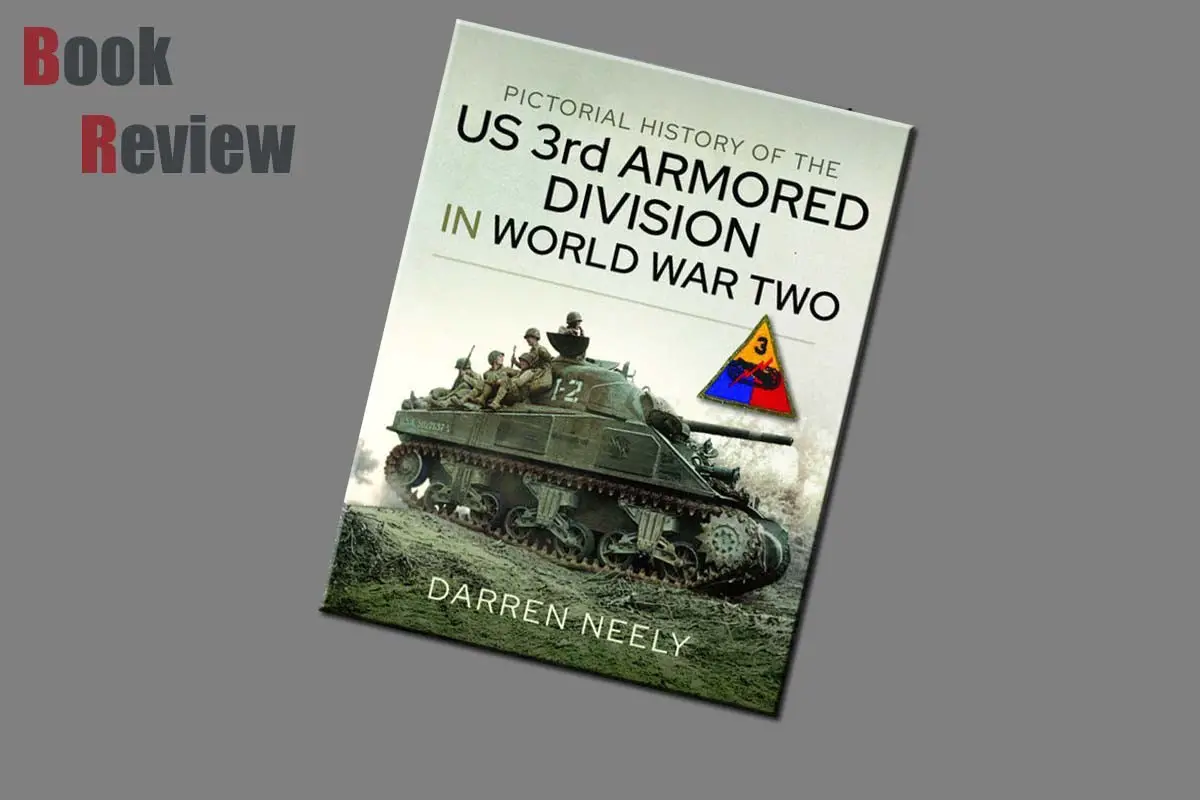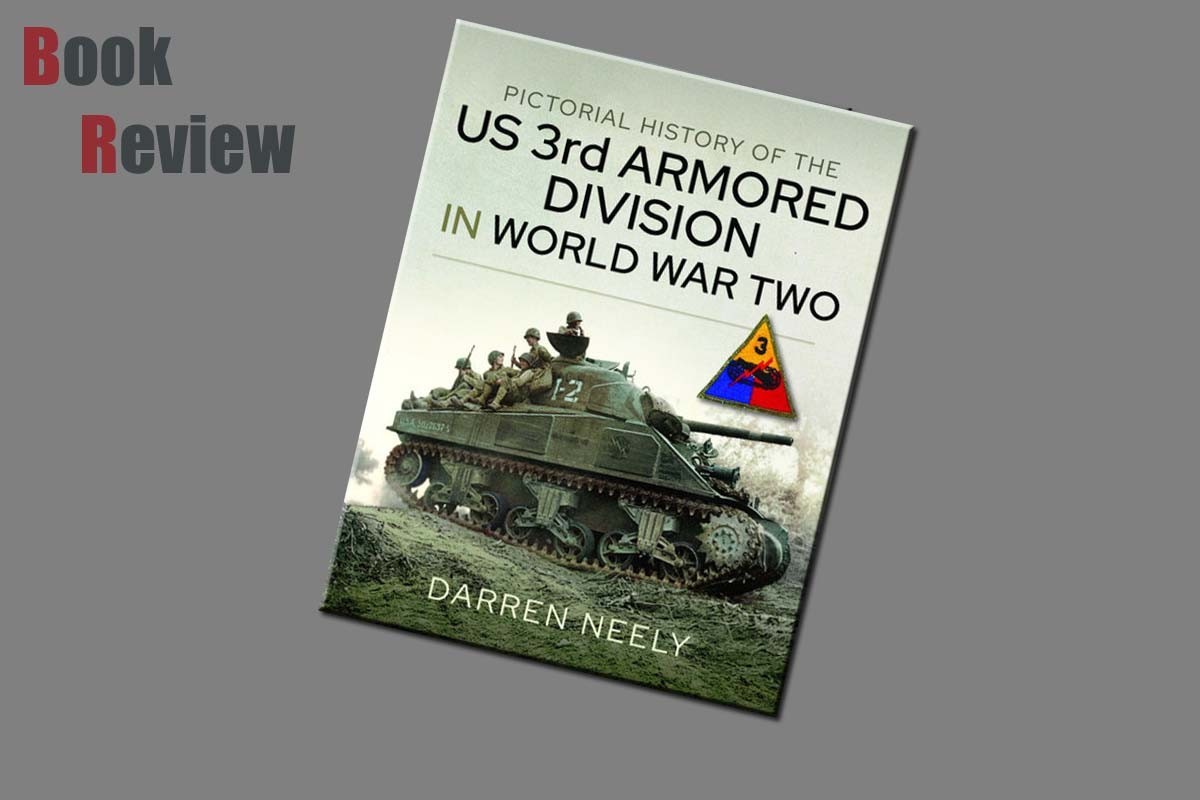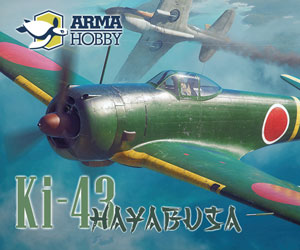Introduction
The following introduction is as provided by Pen and Sword:
The Third Armored Division, famously known as the “Spearhead Division”, had an illustrious combat career in WW2. One of only two “heavy armored” divisions of the war, the 3rd Armored joined the battle in the ETO in late June of 1944, was bloodied almost immediately and was at the front of the American advance through the hedgerows of Normandy and the rapid advance through France into Belgium by September1944. The 3rd was one of the first units to breach the vaunted Siegfried Line and then fought a series of back and forth battles with the German army in the Autumn of 1944 as the weather conditions and determined tenacity of the German defenders produced an Autumn stalemate.
The 3rd was rushed to the Ardennes front in December of 1944 in response to Hitler’s winter offensive and they famously fought battles at the defense of Hotton, Grandmenil and then pushed the Germans back to the border after vicious battles in places like Ottre, Lierneux, Cherain and Sterpigny. The early days of the Bulge battles would find the lost unit of Col Samuel Hogan’s 400 men who were surrounded for days and fought their way back to friendly lines. After a brief rest and being out fitted with 10 of the T-26 Pershing tanks, the 3rd was at the spearhead of the 1st Army advance into Germany, across the Rhine and into the Harz mountains and the liberation of the Nordhausen concentration camp. This final campaign would see the highpoint of the famous Cologne tank duel between a Pershing and German panther, made famous by the recent book “Spearhead” by Adam Makos. Then, just a few weeks later the beloved commander of the division, Major General Maurice Rose, was tragically shot by a German tank commander when trying to surrender Paderborn, Germany. The 3rd would end the war at the tip of the American advance into Germany before the war ended.

Review
This offering from Pen and Sword and titled ‘Pictorial History of the US 3rd Armored Division in World War Two’ is a hardbacked book that presents its contents over 320 pages. This offering is authored by Darren Neely, This author seems to have his interests firmly rooted in World War 2 and the American and German aspects of armoured warfare. This book can be found at the moment available from Pen and Sword at the very reasonable price of £20 and I promise you it is worth every penny of that and then some. The contents are provided over four chapters with a short written introduction covering the chapter, the chapters are not named at all but do follow a chronological order.
This book presents the3rd Armored Division in glorious images and it does this very well indeed. The author who has brought all of this together admits freely that the images are not new, but have instead been gathered from a number of sources and brought together in a chronological order for display. Looking through the title I have to say there are a good number that I have never seen previously, and even if you have to get them all in one place is a big plus. The text while limited does a good job of initially relaying the authors intent and from then on a very condensed story.
As indicated in the title this is a pictorial history covering the 3rd Armored Division from their time in the UK prior to D-Day through the mud and the blood to war’s end. The books starts with a few images of General Eisenhower and Field Marshal Montgomery inspecting a Sherman tank not far up the road from me in Warminster; Warminster is very close to Imber Village and so it is possible a good amount of their training took place in that general area. The images showing the units early days in France makes you aware of why the hedge rows caused so many troubles; we think of hedges as being privet hedges and the like, where as the hedges found in France were 20 plus ft high and usually trees of a good age plus bushes growing on an earthen bank and that made them almost impenetrable. German infantry took advantage of this getting close to the armour and using Panzerfausts or the like.
The images in the book number some 400 black& white offerings and I have to say show a very good level of detail. You may be thinking that you are going to see Sherman after Sherman and that could not be further from the truth; this title presents images of the men and machines that made up the 3rd and also covers the men and machines they were fighting against and that all makes for some spectacular images. Most of you have seen the footage of the Pershing taking on the Panther at Cologne, well that was the 3rd and there are some great images of that event here. Pictures without a story only serve a partial story and it is the captions that go with the images that make them such a valuable resource for me as a modeller.
Conclusion
In these days of the internet we have to a large extent become lazy and expect everything to be at the touch of a button, well books like this change all that as they drag us in visually and encourage us to learn more and so could be said to make us better than we were. Visual histories instantly drag the viewer in and encourage them to look and learn more on a given subject. This book does far more though as it shows the men and machines sent to fight and puts us in touch with them in a sense while depicting how death and destruction can become the norm, the images here will create the spark for modellers to reproduce something seen here and have a context behind it. A truly great book at a good price for getting the imaginative
juices flowing.




























